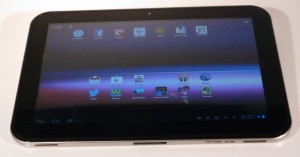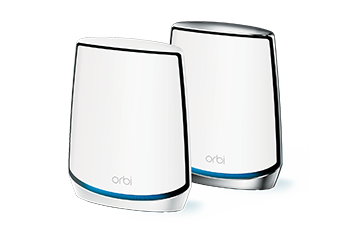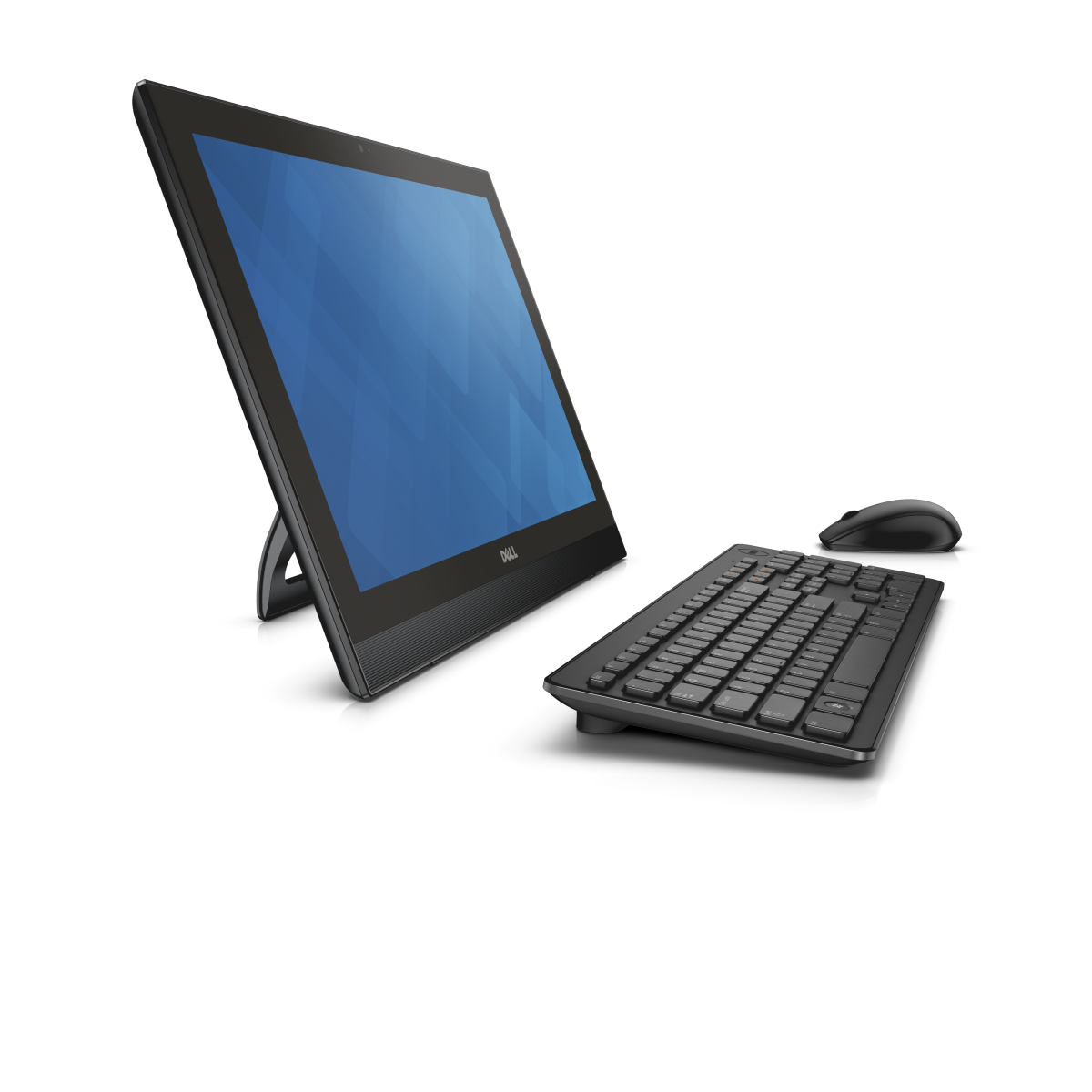Previously, if anyone though of a mobile-platform tablet device, they thought of an Apple iPad which was a 10” tablet that had its success driven by a large quantity of apps along with ease of use that made it appeal to those of us who didn’t have much for computer skills.
Very shortly after, the Android platform, driven by the 3.0 “Honeycomb” version of this operating system, came to the fore as far as mobile-platform tablets were concerned. Some of the manufacturers offered the tablets in two different screen sizes – a 7” size that can be kept in a coat pocket or handbag or a 10” that can be rested on the lap like the iPad.
This has continued on with Blackberry having a “bite at the cherry” with their Playbook “business-pitched” tablet to go with their business smartphones. But Microsoft stepped forward with Windows 8 and its Modern UI (née Metro UI) and this saw the arrival of the Surface tablet under their banner along with other PC vendors offering 11” tablets and convertible computers. Now Microsoft released a mature Windows 8.1 operating system with the ability to work on 7” displays along with a mature Surface 2 series of tablet computers. This has been underscored with other manufacturers offering keenly-priced 7”-8” Windows 8.1 tablets that run the Intel “Bay Trail” Atom processors.
This is very similar to what has come about with the regular computing market where three main platforms have surfaced in the form of the Apple Macintosh, Microsoft Windows and the open-source “desktop Linux” platform. The latter two have focused on the use of commonly-available hardware designs with commonly-available peripheral and network interfaces, thus allowing for low-cost systems to be built around these platforms.
Bridge devices
Convertible laptop-tablet devices
Since Windows XP offered “tablet with stylus” support, there have been a few so-called “convertible” laptops that become tablet computers. These computers appeared very much in a trickle of highly-priced business computers which were hard for most of us to come by. But Windows 8 with its touchscreen user interface,along with Android underscored this need for the “convertible” tablet-computer device.
These came in either a form with a fixed keyboard but having a screen that either swivelled or slid out, which is underscored by the Sony VAIO Duo 11; or a detachable-keyboard form where the keyboard was able to be unclipped from the tablet computer; which is underscored by the ASUS EeePad Transformer Prime or the HP x2 series. They legitimised the ability for one of these to work as a small content-creation laptop or a tablet that comes in to its own for browsing content.
The “phablet” or large-screen smartphone
Android users are also seeing more of the 5”-6” large-screen smartphones which are being referred to as “phablets” because the screen size is close to that for a small tablet. This was brought on by Samsung with their Galaxy Note series but Sony, HTC and others are pitching in to the game for this screen size. What is being valued here is more or less the small handheld device that comfortably works as a phone for making and taking calls.
Answering this trend
Something that can easily fall short in the “three-horse race” which describes the tablet market is the availability of apps for each of these platforms. This is manifest with the app stores for the iOS and Android platforms having more software available than what is currently available in the Windows Store for Windows 8.1 .
SBS and Facebook had made positive efforts to reach all the tablet platforms especially with Facebook offering a comprehensive “dashboard” app to the Windows Store for Windows 8 and 8.1 users.
But a problem that may affect the short-order and custom app-development scene, where apps are turned out for particular events and locations is that they will have to develop apps for three platforms each with their different interface abilities and needs. This same problem can affect the so-called “app-cessory” scene where devices are linked to a tablet or smartphone via USB, Bluetooth or the home network and benefit from an app that provides extended functionality.
As far as designing hardware accessories is concerned, it will be easier to design for the Android and the Windows 8.1 platforms. This is through these platforms encouraging an open-frame attitude when it comes to developing accessories and software for these tablets. Here, most of the connections used on devices that work to these platforms are designed around common industry standards. For that matter, it could allow the availability of low-cost tablets and similar devices that work on these platforms.
What I see of this
Once manufacturers present tablets that offer more that what the Apple iPad offers for a reasonable price but without a steep learning curve especially for computer novices, this could displace Apple’s market lead in this product space.
Similarly, a company offering a product form factor that impresses customers more than what is out there, whether in looks or functionality, can allow a particular tablet platform to break through more easily.





